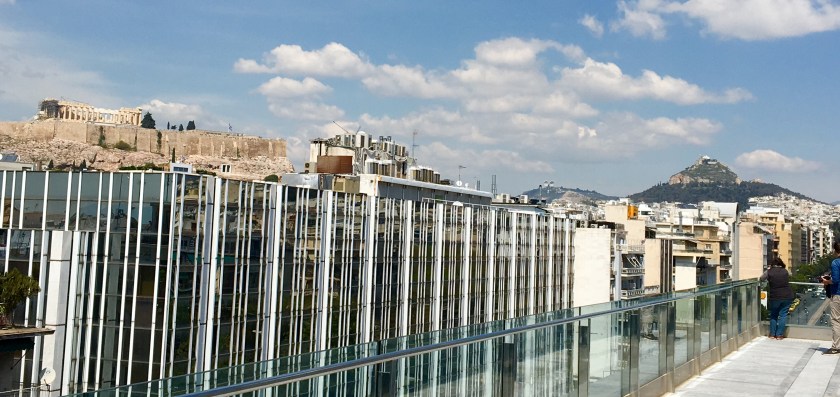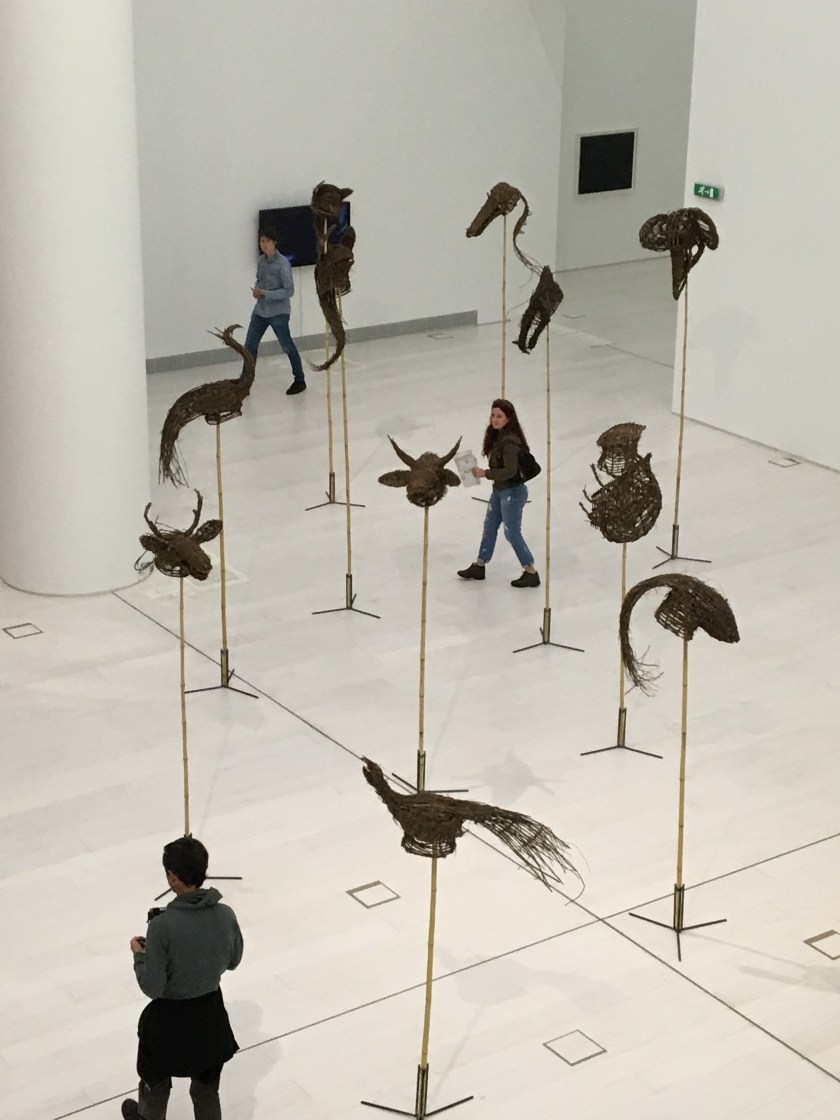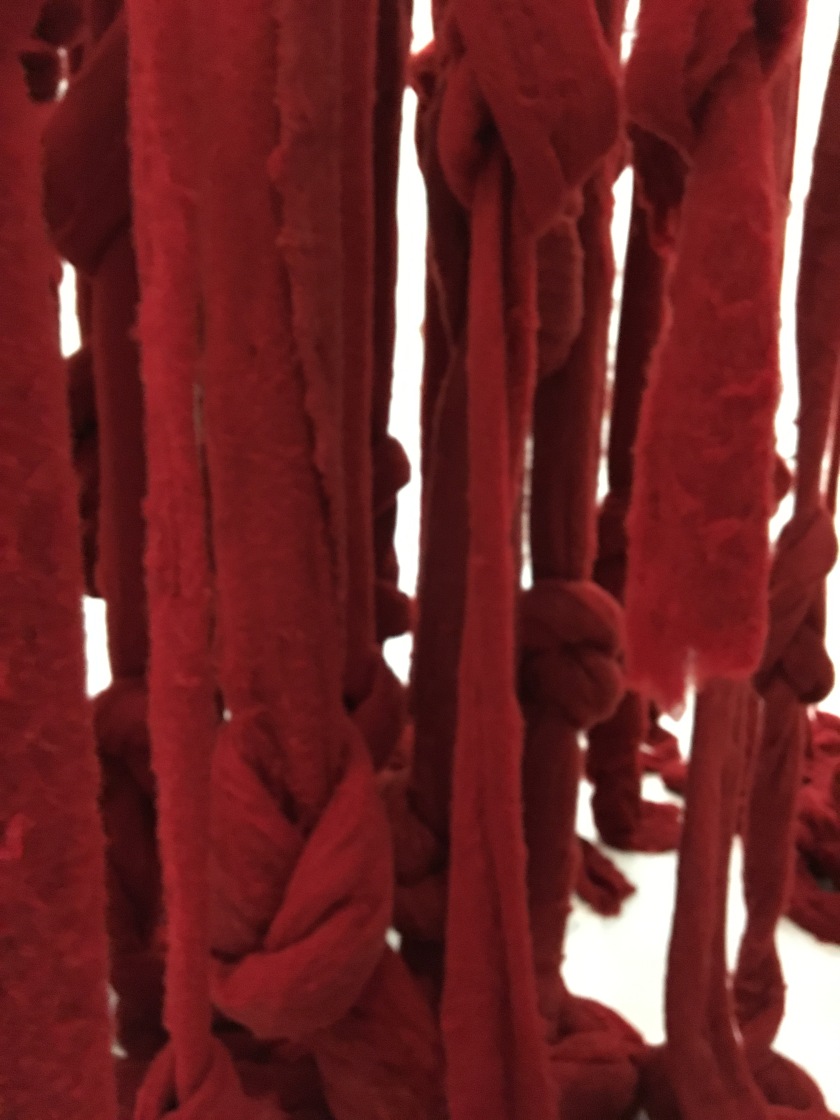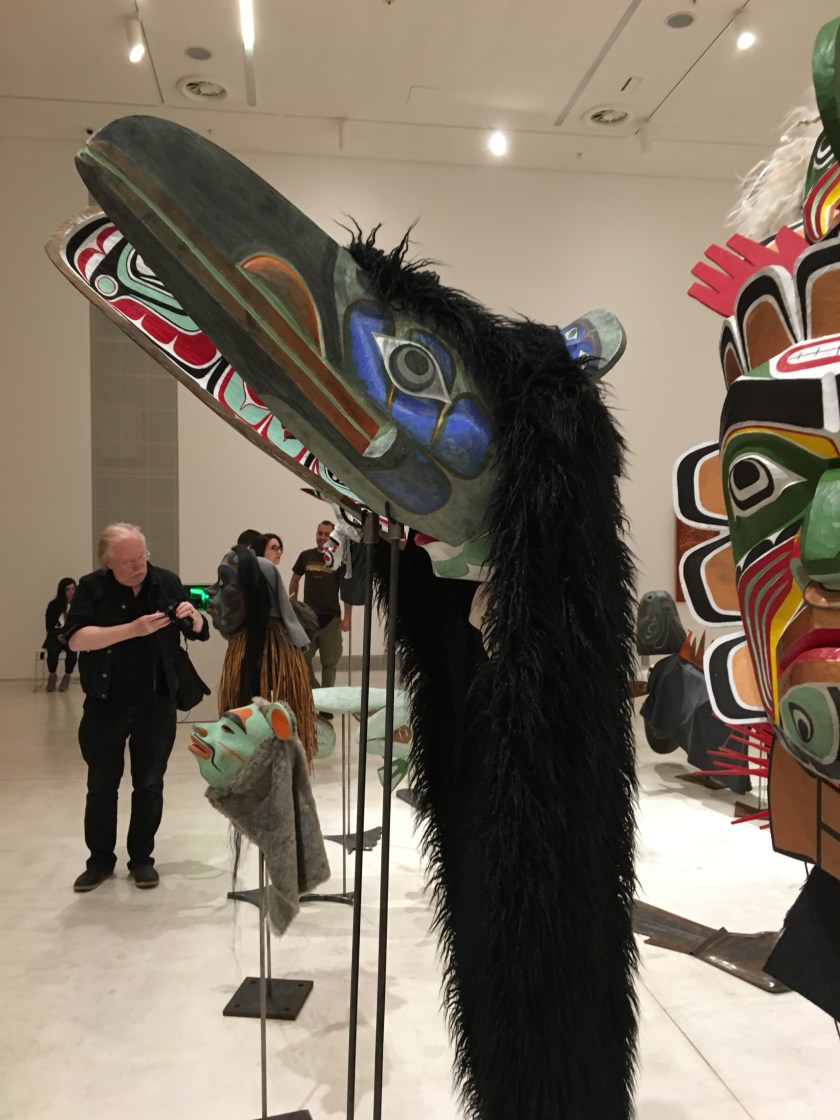In a surprising move, Adam Szymczyk, Documenta’s Artistic Director, transplanted half this year’s exhibition to Athens, where it is sprawled over 40 venues, showing 160-odd artists, with the working title ‘Learning from Athens’. Documenta is an exhibition of contemporary art which takes place every five years in Kassel, Germany. It was founded by artist, teacher and curator Arnold Bode in 1955, in an attempt to bring Germany up to speed with modern art.
Here in Athens, the heart of the exhibition resides in the large available spaces—the Athens School of Fine Arts, Benaki Museum Pireos Street Annexe, the former Athens Conservatoire, and the EMST Contemporary Art Museum which, due to government mismanagement, has only just opened after years of delays. But the rest of it is spread around the many small galleries about town.
The program also includes a radio station that broadcasts 28 commissioned sound pieces in multiple formats, art films screened on Greek television, a vibrant education program, and a jam-packed schedule of live performances.

It was difficult to know what to tackle first, so we decided to start with the National Museum of Contemporary Art (EMST), which is a converted beer factory, and thus an interesting space in itself.

The building does not disappoint – it has been beautifully converted, provides an amazing background to showcase art, and has stunning views on the Acropolis, Mount Lycabettus, and the Philopappos hill.

The art itself, however, and although it did include some stunning pieces, left me somewhat underwhelmed. There were a number of very plain sketches which would have been better placed on Instagram, and installations which, while being creative and sometimes original, inevitably brought to mind the question: This is clever/imaginative/fun, but is it art?

Austrian artist Lois Weinberger had packed old objects ‘excavated’ from under the Weinberger family’s old farmhouse floorboards – animal skulls, broken crockery, bits of torn paper, scraps of wood – into cardboard boxed with plexiglass tops. There was even a line of old shoes.

Strangely, the labels for the whole exhibition were located on the floor – they were just work titles on paper and handwritten artist’ names on small, rectangular blocks of marble that looked like paperweight (apparently a number have already disappeared – perhaps purloined as souvenirs).

Another installation comprised a few desks strewn haphazardly in an empty space, as if an office had been abandoned in a hurry. On them were objects described on a list: i.e. ‘a piece of A4 paper.’

Art is very subjective and encompasses a wide range of creativity, yet there are still some some things I don’t get – but perhaps there is nothing to get. Just sayin’. The most creative part here, it seems to me, has been getting people to believe this is worthy of a place in Documenta.

Moving on, among the video installations was one I found engrossing, from the collaboration of artists Nashashib and Skaer – a group of women and children in a house and courtyard, complete with dogs and chickens – which revisited Gaugin’s images of Tahitian women. Another, called ’15 hours’, by Chinese filmmaker Wang Bing, showed the repetitive work in a Chinese sweatshop – and there was an unbearable one, by Iranian director Forough Ferrokhzad. Called ‘The House is Black’, it documented life in a leper colony. I could only watch a tiny bit – in fact, I’ve noticed that visitors seldom have the patience to watch the whole of a video installation, which, in some instances, is probable a shame.
One aspect of the exhibition I liked was the variety of artists represented, from all over the world. Many from Eastern Europe, and some from unusual destinations – artists from as far away as Mongolia, or belonging to the Sami people from the Arctic regions of Norway. On the other hand, who wants to see a series of portraits of Hitler, even if they do have socio-political connotations? (paintings by McDermott & McGough from their series ‘Hitler and the Homosexuals’.)

At the end of our tour, we came upon two impressive installations, especially since our first glimpse of them was from above.
A circle of masks made of woven vines by Khvay Samnang.

And I loved Quipu Womb (Story Of The Red Thread) by Cecilia Vicuña. The ancient art of Quipu is a pre-Colombian form of writing involving intricate knotting patterns. Here, untreated wool was sourced from a local Greek provider and dyed red.

Art is rampant all over town, and one of the positive effects of Documenta is that it has attracted a lot of visitors from abroad. Documenta has been called a ‘cultural peace offering‘ from Germany to Greece by some, a ‘Trojan horse’ by others. It so vast and diverse that it is intimidating: one has to make up one’s own mind in the end. The dialogue continues.

Documenta is on for 100 days, so I will certainly be seeing more of it. For anyone interested in more detail, however, or for those of you living in Greece, I recommend browsing Art Scene Athens, a blog I have often referred to before. There are several detailed posts on the subject, a lot more erudite and objective than my own biased view!



WoW, rather overwhelming all in all. Thank you for the post, like usual, it is enlightening and fascinating. ~~dru~~
LikeLiked by 1 person
Thanks, dru🌸🌸
LikeLike
Lovely review and really lovely photos! Thanks for the reference too! I will reblog yours as an ‘alternative’ review. One thing about contemporary art is that it’s a bit like wholemeal bread – it takes a bit more time to digest. I know what you mean though. The desks and A4 paper didn’t do it for me either, However, there were some works that really were worth seeing – Quipu Womb especially! I found that piece to be a real celebration of the feminine principle, of women in general, without any qualms. I recently had a conversation with a friend about how it’s about time we had more ‘female’ art around, because for centuries we’ve been looking at art which has been created from a male perspective. Just to set the balance straight… I’m looking forward to going to ASFA next to see what’s happening there.
LikeLiked by 3 people
I loved the Quipu Womb too! I’ll try to go and see some more this week. Thanks for the reblog – I really enjoy reading your posts, btw 🌺
LikeLike
Reblogged this on Art Scene Athens and commented:
Here is another review of the EMST show, by M.L. Kappa, another art blogger who has written some lovely art reviews on her blog Letters from Athens. She has much better photos too! It’s an alternative view, but we seem to have both really liked the ‘Quipu Womb’ piece in the show. It goes to prove that although contemporary art can by trying, some artists nevertheless manage just fine to use the contemporary language of art to create powerful pieces that speak to many people. Ok, 2 people isn’t many, but generally I get the feeling that this was one of the most impressive pieces in the show.
LikeLiked by 1 person
The building is impressive indeed, though I am still undecided about the juxtaposition with the ancient Acropolis. As for the art inside…It’s a question of taste. Not mine, I’m afraid.
Best wishes, Pete.
LikeLiked by 2 people
Some of that didn’t pull me in, but much of it did. I actually liked the shoes. I think of the people who had walked in them and wonder their stories.
LikeLiked by 2 people
You’re quite right, and I’m sure that’s why we all photographed them. However, it does provoke the usual debate of what can actually be classified as ‘art’.🌸
LikeLike
I think it’s fair to say art is art if it’s art to you. Or me. Though it might be art for you but not for me, or art for me and not for you. 🙂
LikeLiked by 2 people
😊I like that!!!
LikeLiked by 1 person
You´re totally right! On our blog we discuss the different forms of art and their uses… if you´re interested, have a look 🙂
LikeLiked by 1 person
Thank you! I will 🙂
LikeLiked by 1 person
I love the concept of this an exhibition. It’s a wonderful opportunity to look at art that you might not see, and anything that engages people with art is a bonus. I usually go into contemporary art exhibitions thinking “This is not my cup of tea” but there are always pieces that delight or enthral or push me to think. I think I would have been delighted with Quipu Womb too.
LikeLiked by 1 person
Yes, I find there are always some treasures to be found 🌺
LikeLike
You’re right, Marina. Art and how we perceive it is very subjective. I often struggle with the new types of curating too. But what a wonderful event to have your city host.
LikeLiked by 1 person
Yes, a great opportunity!
LikeLiked by 1 person
Some of that looks fascinating, but I don’t know that I’d want to spend much time with it. I don’t particularly get on with modern art and don’t see the point of most of it. Thank goodness there’s centuries’ worth of art that I can work with.
LikeLiked by 1 person
That’s the beauty of it – there’s something for everyone ! 🌸
LikeLiked by 1 person
Thank you for this wonderful tour, Marina! I think I would have found it quite overwhelming in person and I appreciate your giving us a tantalizing taste of it!
LikeLiked by 2 people
Well, thanks once again for walking us through. I found that fascinating. Art is subjective and contemporary art can leave you feeling disillusioned, confused or confronted but I like the fact that it stays with you for years as you ruminate over what the artist meant or sometimes why they even bothered. How lucky you are to have it in Athens.
LikeLiked by 2 people
The building is extraordinary, and what a location! Like you, I sometimes wonder about some of the art I see in galleries, but I suppose that is the point, that it is subjective and we all react differently. Some wonderful pieces in that exhibition, definitely! I can understand you wanting to go back for another look 🙂
LikeLiked by 2 people
No, I’ll go to the other venues! Loads more to see😊
LikeLiked by 1 person
Well, I look forward to hearing about it! 🙂
LikeLike
Imam 🌺😘
Envoyé de mon iPhone
>
LikeLiked by 1 person
Wow Marina! A wonderful post and tour!
LikeLiked by 2 people
I’m glad you enjoyed it 😊
LikeLike
What an exciting art scene. You’ve done a great job of documenting it and describing your favorite pieces and explaining why. So interesting to view – thank you.
LikeLiked by 2 people